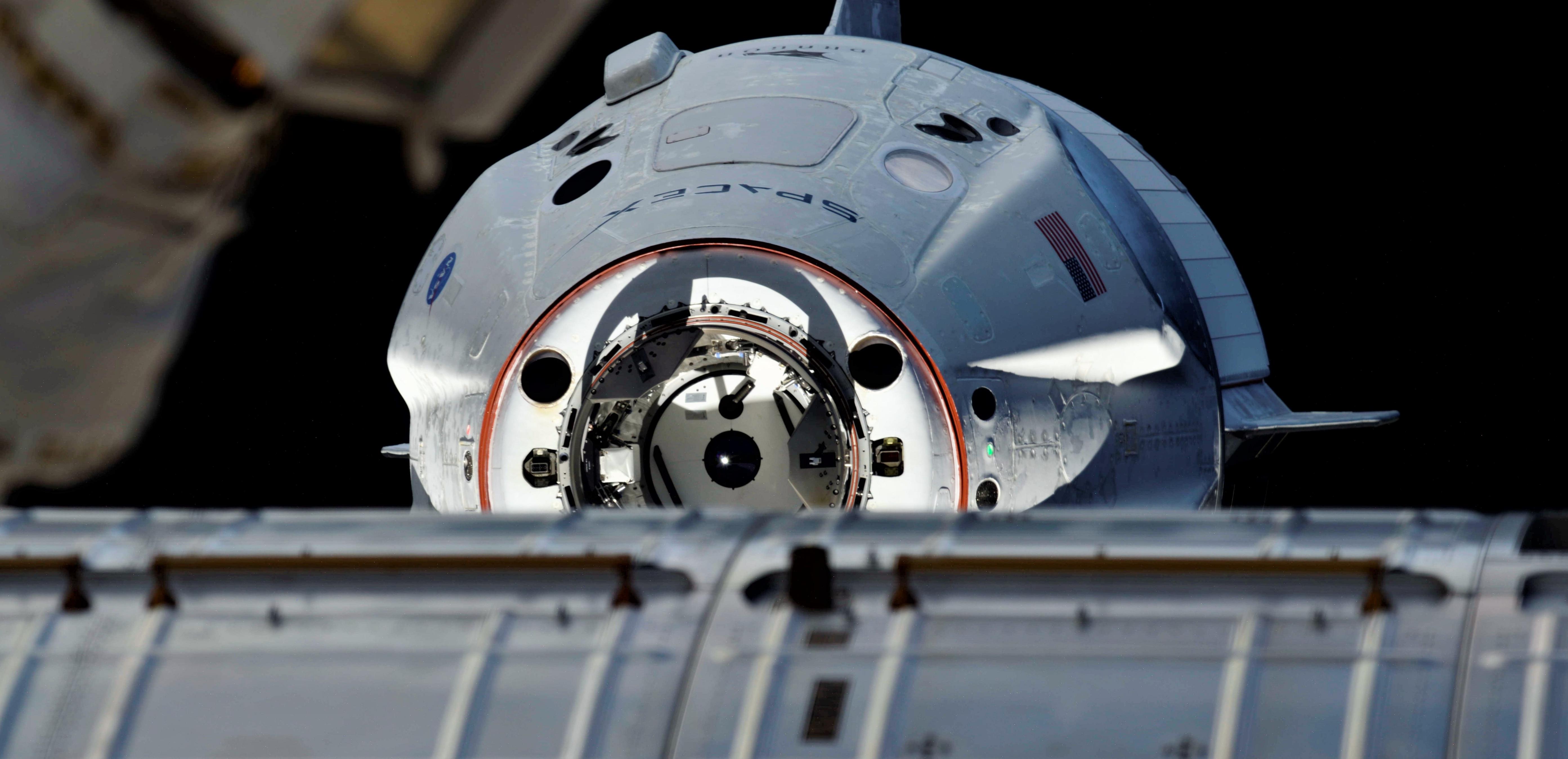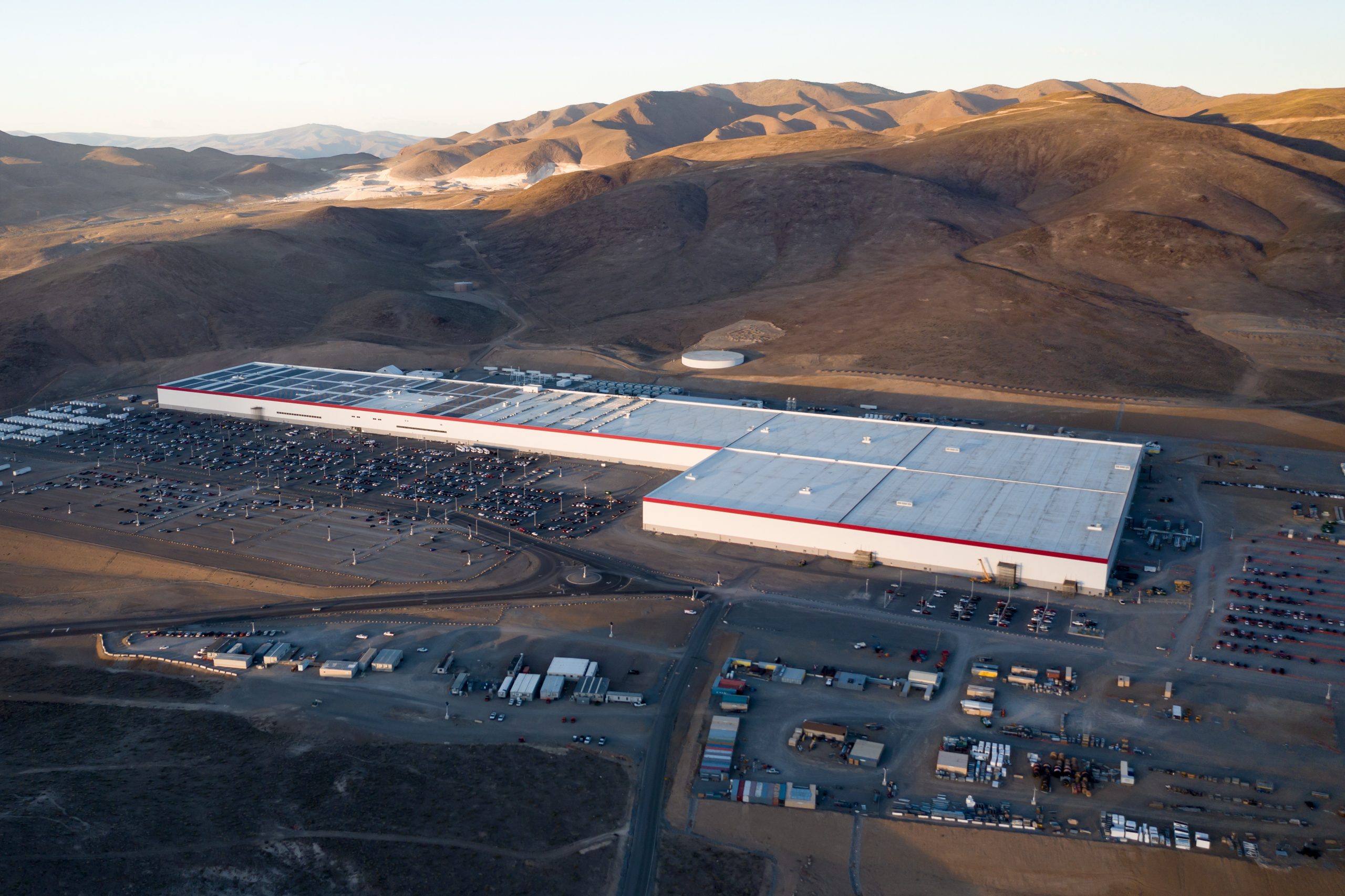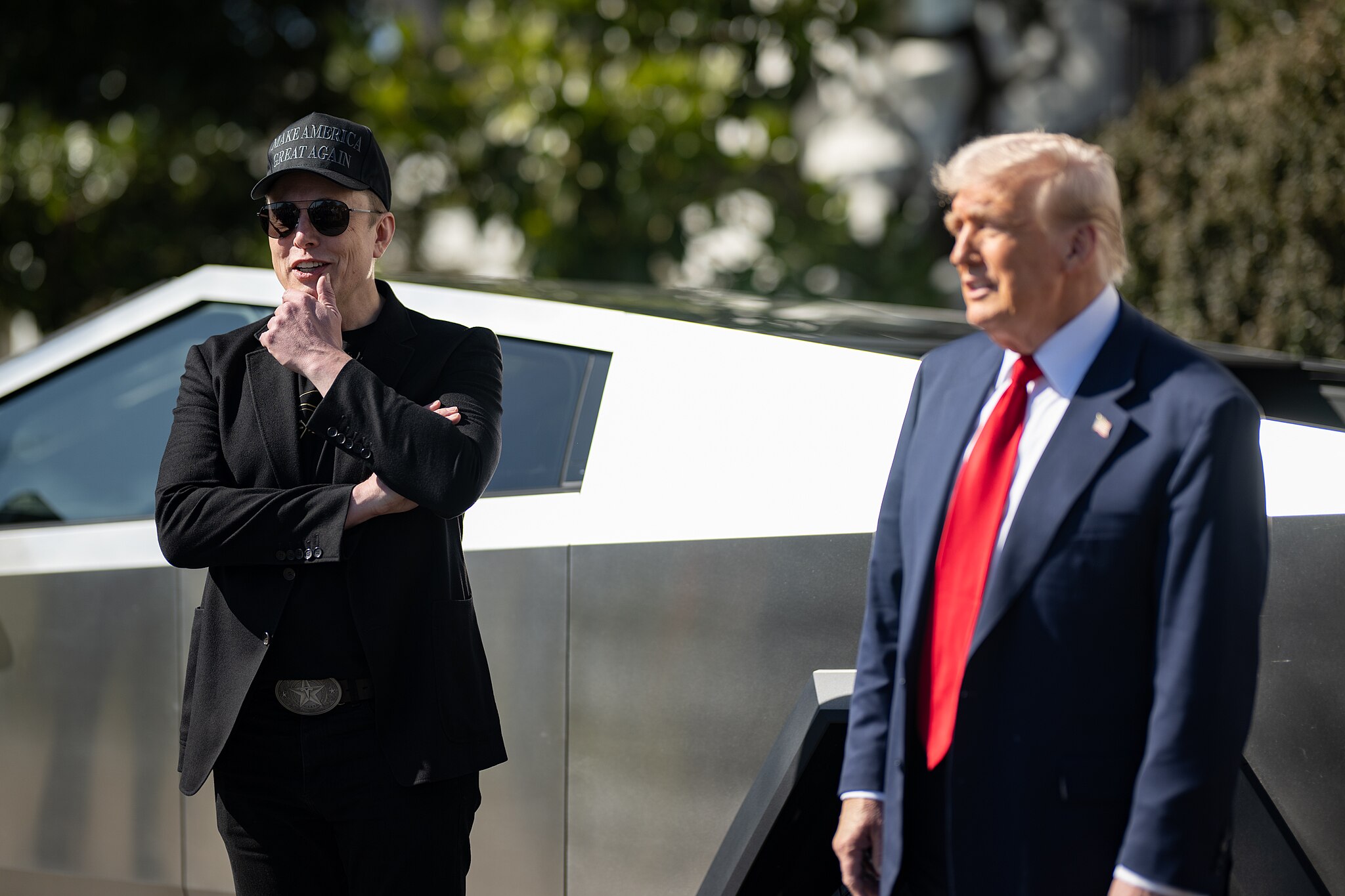

News
SpaceX’s Crew Dragon gets tentative NASA target for first astronaut launch
New information from both NASA and the US Government Accountability Office (GAO) confirm that SpaceX is currently targeting – at least very tentatively so – Crew Dragon’s first launch with astronauts aboard no earlier than November 15th, 2019.
SpaceX is currently in the midst of a complex, high-stakes anomaly investigation after its flight-proven DM-1 Crew Dragon capsule suffered a catastrophic failure on April 20th. That investigation is nowhere near full closure due to the fact that the interests of NASA and the Commercial Crew Program (CCP) are equally interwoven into the work involved. Given the potential consequences of a similar failure occurring with astronauts (public or private) aboard, NASA is unlikely to accept anything less than a no-stone-left-unturned analysis and failure resolution, including any necessary design changes to Crew Dragon, no matter how far-reaching.
As NASASpaceflight.com’s Chris Gerbhardt notes, the Crew Dragon-related dates included in the NASA Flight Planning Integration Panel (FPIP) document are extremely tentative. They’re really only there to serve as placeholders for longer-term International Space Station planning, already a necessarily uncertain endeavor. Nevertheless, NASA’s NET November 15th 2019 planning date for Crew Dragon DM-2 (the first crewed test flight) was likely okayed by SpaceX – if not provided outright by the company – before going into an official FPIP.
In other words, November 15th is probably a real target but should be treated as an absolutely-positively-no-earlier-than launch date for Crew Dragon’s first astronaut-laden mission to the ISS. Back in late March (after DM-1’s successfully completion but before the capsule’s ground failure), anonymous Russian space industry sources confirmed that NASA’s DM-2 planning date was July 25th, while also indicating that the space agency was already preparing for delays that could push DM-2 as late as November 2019.
Specifically, an anonymous Roscosmos source told Russian outlet TASS that “the [DM-2] launch of Crew Dragon is likely to be postponed to November”. Given that that delay was rumored – albeit quasi-officially – and reported on nearly a month before Crew Dragon capsule C201 catastrophically exploded during testing, it doesn’t exactly inspire confidence in a November 2019 DM-2 planning date officially released by NASA more three months later.
Crew Dragon stumbles, but optimism remains
As is often said, things were going perfectly up to the point that they weren’t. Despite 2-3 months of NASA paperwork and review-related delays, SpaceX’s first flightworthy Crew Dragon performed flawlessly during orbital rendezvous, docking, departure, and reentry to the extent that NASA and SpaceX officials were joking on-webcast about their partial disbelief. NASA’s lengthy post-mission review effectively concluded as much, although there is always room for improvement.
Due to those aforementioned DM-1 delays (roughly early January to early March), DM-2’s Crew Dragon assembly and integration was delayed in turn to preserve access in case DM-1 revealed flaws or necessary changes. Things didn’t quite go as planned, but the delayed integration has turned out to be beneficial, preserving access to most of Dragon 2’s critical subsystems without requiring major disassembly before any anomaly-related changes are implemented.

Per a late-May update from CCP manager Kathy Lueders, SpaceX has effectively shifted its Crew Dragon hardware assignments over one to account for the loss of the DM-1 capsule, C201. The vehicle previously assigned to DM-2 has been reassigned to a critical in-flight abort (IFA) test, previously meant to use flight-proven C201. Per charts provided during Lueders’ presentation, SpaceX’s replacement DM-2 capsule (likely the capsule previously assigned to the following mission, Crew-1) is in a sort of holding pattern to allow for modifications that may be required after the DM-1 failure investigation concludes.
Per a previous December 2018 update from Lueders, SpaceX’s original DM-2 spacecraft (now assigned to IFA) was expected to be fully assembled, shipped to Pad 39A, and ready for launch by June 2019. Accounting for DM-1’s delays, that spacecraft could likely be ready for the abort test as early as July or August, which meshes with post-anomaly indications that IFA is now scheduled no earlier than fall (September 2019)

All things considered, a pragmatic analysis suggests that Crew Dragon‘s DM-2 launch will most likely happen no earlier than Q1 2020, although miracles (and nightmares) are certainly possible. For the time being, all that really matters to SpaceX is wrapping up the C201 failure investigation as quickly and accurately as possible. Only after the company has publicly announced the results of that investigation should any IFA or DM-2 launch dates be taken with anything less than a full shaker of salt.
Check out Teslarati’s Marketplace! We offer Tesla accessories, including for the Tesla Cybertruck and Tesla Model 3.
Elon Musk
Tesla reveals it is using AI to make factories more sustainable: here’s how
Tesla is using AI in its Gigafactory Nevada factory to improve HVAC efficiency.

Tesla has revealed in its Extended Impact Report for 2024 that it is using Artificial Intelligence (AI) to enable its factories to be more sustainable. One example it used was its achievement of managing “the majority of the HVAC infrastructure at Gigafactory Nevada is now AI-controlled” last year.
In a commitment to becoming more efficient and making its production as eco-friendly as possible, Tesla has been working for years to find solutions to reduce energy consumption in its factories.
For example, in 2023, Tesla implemented optimization controls in the plastics and paint shops located at Gigafactory Texas, which increased the efficiency of natural gas consumption. Tesla plans to phase out natural gas use across its factories eventually, but for now, it prioritizes work to reduce emissions from that energy source specifically.
It also uses Hygrometric Control Logic for Air Handling Units at Giafactory Berlin, resulting in 17,000 MWh in energy savings each year. At Gigafactory Nevada, Tesla saves 9.5 GWh of energy through the use of N-Methylpyrrolidone refineries when extracting critical raw material.
Perhaps the most interesting way Tesla is conserving energy is through the use of AI at Gigafactory Nevada, as it describes its use of AI to reduce energy demand:
“In 2023, AI Control for HVAC was expanded from Nevada and Texas to now include our Berlin-Brandenburg and Fremont factories. AI Control policy enables HVAC systems within each factory to work together to process sensor data, model factory dynamics, and apply control actions that safely minimize the energy required to support production. In 2024, this system achieved two milestones: the majority of HVAC infrastructure at Gigafactory Nevada is now AI-controlled, reducing fan and thermal energy demand; and the AI algorithm was extended to manage entire chiller plants, creating a closed-loop control system that optimizes both chilled water consumption and the energy required for its generation, all while maintaining factory conditions.”
Tesla utilizes AI Control “primarily on systems that heat or cool critical factory production spaces and equipment.” AI Control communicates with the preexisting standard control logic of each system, and any issues can be resolved by quickly reverting back to standard control. There were none in 2024.
Tesla says that it is utilizing AI to drive impact at its factories, and it has proven to be a valuable tool in reducing energy consumption at one of its facilities.
Elon Musk
Tesla analysts believe Musk and Trump feud will pass
Tesla CEO Elon Musk and U.S. President Donald Trump’s feud shall pass, several bulls say.

Tesla analysts are breaking down the current feud between CEO Elon Musk and U.S. President Donald Trump, as the two continue to disagree on the “Big Beautiful Bill” and its impact on the country’s national debt.
Musk, who headed the Department of Government Efficiency (DOGE) under the Trump Administration, left his post in May. Soon thereafter, he and President Trump entered a very public and verbal disagreement, where things turned sour. They reconciled to an extent, and things seemed to be in the past.
However, the second disagreement between the two started on Monday, as Musk continued to push back on the “Big Beautiful Bill” that the Trump administration is attempting to sign into law. It would, by Musk’s estimation, increase spending and reverse the work DOGE did to trim the deficit.
Every member of Congress who campaigned on reducing government spending and then immediately voted for the biggest debt increase in history should hang their head in shame!
And they will lose their primary next year if it is the last thing I do on this Earth.
— Elon Musk (@elonmusk) June 30, 2025
President Trump has hinted that DOGE could be “the monster” that “eats Elon,” threatening to end the subsidies that SpaceX and Tesla receive. Musk has not been opposed to ending government subsidies for companies, including his own, as long as they are all abolished.
How Tesla could benefit from the ‘Big Beautiful Bill’ that axes EV subsidies
Despite this contentious back-and-forth between the two, analysts are sharing their opinions now, and a few of the more bullish Tesla observers are convinced that this feud will pass, Trump and Musk will resolve their differences as they have before, and things will return to normal.
ARK Invest’s Cathie Wood said this morning that the feud between Musk and Trump is another example of “this too shall pass:”
BREAKING: CATHIE WOOD SAYS — ELON AND TRUMP FEUD “WILL PASS” 👀 $TSLA
She remains bullish ! pic.twitter.com/w5rW2gfCkx
— TheSonOfWalkley (@TheSonOfWalkley) July 1, 2025
Additionally, Wedbush’s Dan Ives, in a note to investors this morning, said that the situation “will settle:”
“We believe this situation will settle and at the end of the day Musk needs Trump and Trump needs Musk given the AI Arms Race going on between the US and China. The jabs between Musk and Trump will continue as the Budget rolls through Congress but Tesla investors want Musk to focus on driving Tesla and stop this political angle…which has turned into a life of its own in a roller coaster ride since the November elections.”
Tesla shares are down about 5 percent at 3:10 p.m. on the East Coast.
Elon Musk
Tesla scrambles after Musk sidekick exit, CEO takes over sales
Tesla CEO Elon Musk is reportedly overseeing sales in North America and Europe, Bloomberg reports.

Tesla scrambled its executives around following the exit of CEO Elon Musk’s sidekick last week, Omead Afshar. Afshar was relieved of his duties as Head of Sales for both North America and Europe.
Bloomberg is reporting that Musk is now overseeing both regions for sales, according to sources familiar with the matter. Afshar left the company last week, likely due to slow sales in both markets, ending a seven-year term with the electric automaker.
Tesla’s Omead Afshar, known as Elon Musk’s right-hand man, leaves company: reports
Afshar was promoted to the role late last year as Musk was becoming more involved in the road to the White House with President Donald Trump.
Afshar, whose LinkedIn account stated he was working within the “Office of the CEO,” was known as Musk’s right-hand man for years.
Additionally, Tom Zhu, currently the Senior Vice President of Automotive at Tesla, will oversee sales in Asia, according to the report.
It is a scramble by Tesla to get the company’s proven executives over the pain points the automaker has found halfway through the year. Sales are looking to be close to the 1.8 million vehicles the company delivered in both of the past two years.
Tesla is pivoting to pay more attention to the struggling automotive sales that it has felt over the past six months. Although it is still performing well and is the best-selling EV maker by a long way, it is struggling to find growth despite redesigning its vehicles and launching new tech and improvements within them.
The company is also looking to focus more on its deployment of autonomous tech, especially as it recently launched its Robotaxi platform in Austin just over a week ago.
However, while this is the long-term catalyst for Tesla, sales still need some work, and it appears the company’s strategy is to put its biggest guns on its biggest problems.
-

 Elon Musk1 day ago
Elon Musk1 day agoTesla investors will be shocked by Jim Cramer’s latest assessment
-

 News6 days ago
News6 days agoTesla Robotaxi’s biggest challenge seems to be this one thing
-

 News2 weeks ago
News2 weeks agoTesla’s Grok integration will be more realistic with this cool feature
-

 Elon Musk2 weeks ago
Elon Musk2 weeks agoElon Musk slams Bloomberg’s shocking xAI cash burn claims
-

 News2 weeks ago
News2 weeks agoTesla China roars back with highest vehicle registrations this Q2 so far
-

 News2 weeks ago
News2 weeks agoTexas lawmakers urge Tesla to delay Austin robotaxi launch to September
-

 News2 weeks ago
News2 weeks agoTesla dominates Cars.com’s Made in America Index with clean sweep
-

 Elon Musk1 week ago
Elon Musk1 week agoFirst Look at Tesla’s Robotaxi App: features, design, and more























